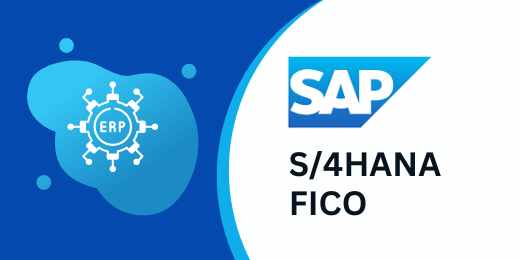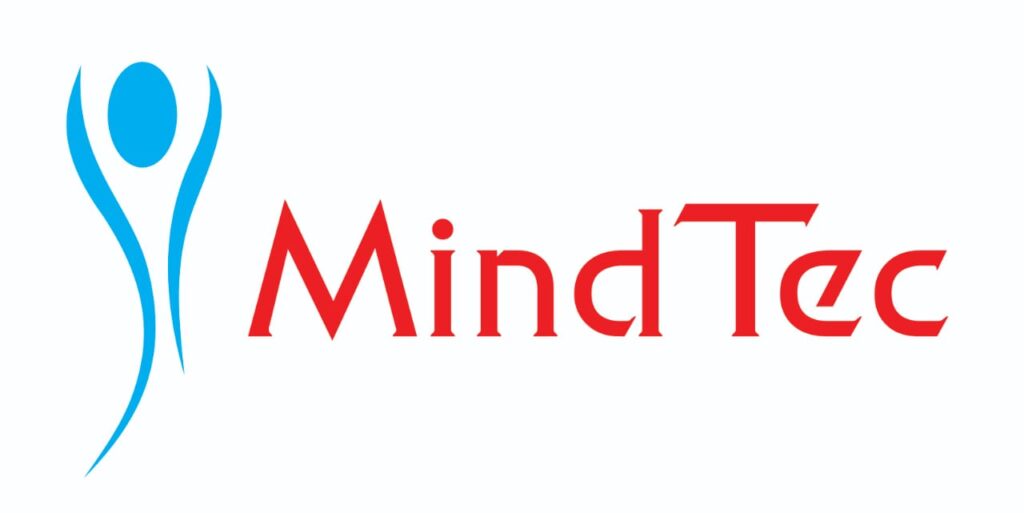
SAP FICO CONTENTS
Basic Settings
- Overview of Organizational Elements in Accounting
- Organizational Units
- Define and Assign Organizational Units for Finance: Ex: – Country, Regions, Company, Company Codes, Business Areas, Functional Areas, e.t.c…
- Variant Principle
- Fiscal Year and Posting Periods
- Field Status Variants
- Document types and Number Ranges
- Posting Keys
- Define Tolerance for GL Accounts and Employees
- Global Parameters
General Ledger
- Master Data Overview
- Chart of Accounts
- Types of Chart of Accounts
- Define and Assign Chart of Accounts,
- Define Account Groups and Screen Layout for GL Accounts,
- Define Retained Earnings Account,
- Creations of GL Accounts Master Records,
- Postings, Display GL Account Balances and
Currencies
- Maintain Exchange Rates Maintain Table
- Define Translation Ratios for Currency
- Define Accounts for Exchange Rate Differences
- Posting with Foreign Currency
Accounting Documents
- Parking Document
- Holding Document
- Reference Document
- Recurring Document
- Sample Document
- Account Assignment Model
- Fast Data Entry
Reversals
- Individual Reversals
- Mass Reversals
- Reversals of Reversals
- Cleared item Reversals
Bank Accounting
- Define House Banks with Bank Accounts
- Creation of check number ranges for check lot
- Define void reason codes
- Issue of a check
- Manual payment
- Cancellation of issue check with reason codes
- Check register
Validations and Substitutions
- Validations and Substitution
- Define Validation for posting
- GL Posting to check Validation
Accounts Payables
- Overview on Procurement Process
- Overview on Vendor Master Data
- Define Account Groups with Screen Layout
- Define Number Ranges for Vendor Accounts
- Assign Number Ranges to Vendor Account Groups
- Reconciliation Accounts
- GL Account Creation
- Creation of Vendor Master Records
- Vendor Document Types and Number Ranges
- Posting Keys
- Define Payment Terms
- Define Tolerance for Vendors/Customers
- Posting of Purchase Invoices
- Display Vendor Line Items
- Outgoing Payments
- Vendor Clearings
- Credit Memo Postings
- Special GL Transactions (Down Payments Made)
- Posting Down Payments
- Clearing of Down Payments against Invoices
- Reason Codes for under and over Payment
- Automatic Payment Program
Accounts Receivables
- Overview on Sales Process
- Complete Customer Master Data
- Define Account Groups with the Screen Layouts
- Create Number Ranges to Customer Accounts
- Assign Number Ranges to Customer Account Groups
- Reconciliation Accounts
- Create Customer Master Records
- Document Types and Number Ranges
- Posting Keys
- Payment Terms
- Posting of Sales Invoices
- Incoming Receipt with Clearings
- Display Customer Line Items
- Display GL Account Balances
- Special GL Transactions (Down Payments Received)
- Posting of Down Payments (Advance Receipt)
- Clearing of Down Payments
- Customer Credit Memo
- Dunning
Management of Account
- Open Item Management
- Types of Payments
- Standard Payment
- Partial Payment
- Residual Payment
Taxes
- Tax on Sales & Purchases
- With Holding Tax (TDS)
Asset Accounting
- Overview on Asset Accounting
- Depreciation Methods
- Organizational Structures
- Chart of Depreciation
- Depreciation Areas
- Account Determination
- Screen Layout
- Number Ranges
- Functions of Asset Classes
- Creation of GL Accounts
- Assign GL Accounts
- Calculation Methods
- Depreciation Keys
- Screen Layout for Asset Master Data
- Asset Master Records
- Sub Asset Master Records
- Acquisition of Assets
- Depreciation Run
- Retirement of Assets
- Transfer of Assets
- Scrapping of Assets
- Reports on Asset Accounting
Cash Journal
- Cash Journal Configuration
- Cash Journal Transaction
Integration with Other Modules
- FI-MM
- FI-SD
- NEW GL ACCOUNTING
- FI-HANA
CONTROLLING
General Controlling
- Maintain controlling area
- Activate components for controlling area
- Assignment of company code to controlling area
- Maintain number ranges for controlling area documents
- Maintain versions and setting for fiscal year
Cost Element Accounting
- Introduction to Cost Element Accounting
- Primary and Secondary Cost Elements
- Define Cost Element Categories
- Manual & Automatic Creation of Primary and Secondary Cost Elements
- Define Cost Element Standard Hierarchy and Groups
Cost Centre Accounting
- Introduction to cost centers
- Define Standard hierarchy for cost centers
- Define cost center categories
- Master data maintenance
- Cost centre groups
- Set planner profile for cost centre
- Create activity types
- Maintain statistical key figures
- Post transaction to cost centers
- Generate cost center reports
- Plan values and quantities for activity prices
- Calculate activity prices
- Periodical reposting of cost
- Create and execute assessment cycle
- Create and execute distribution cycles
- Activity allocations
- Settings for automatic posting
Internal Orders
- Introduction to Internal order
- Activate order management in controlling area
- Maintain budget and planning profiles
- Planning
- Define order types
- Display internal order report
Profit Centre Accounting
- Introduction to Profit centre accounting
- Maintain Standard Hierarchy
- Create Dummy Profit Centre
- Maintain Profit Centre Groups
- Creation of Profit Centre
- Assignment of Profit Centers in cost Center Master Data
- Maintain Automatic Account Assignments for Revenue Elements
- Profit Center for Balance Sheet and Profit and Loss
- Planning And Postings
- Display Profit Center Reports
Profitability Analysis.(CO-PA)
- Introduction to profitability analysis
- Maintain operating concern
- Define profitability segment
- Maintain characteristics values
- Define derivation rules
- Setting for data flow from SD
- Setting for data flow from FI and MM
- Display reports in COPA
- Mapping of SD/MM Conditions to CO-PA value fields
Real time project scenarios:
Asap methodology. Ticket solving etc..
